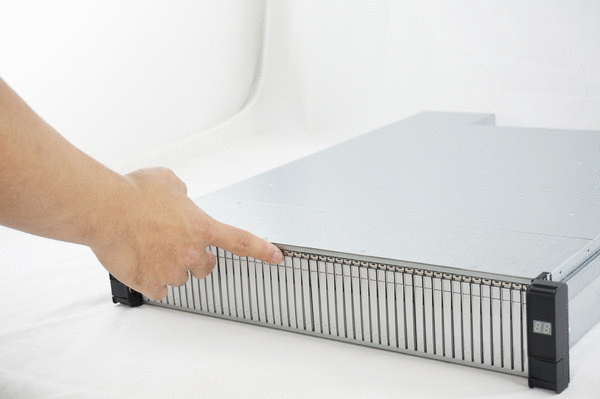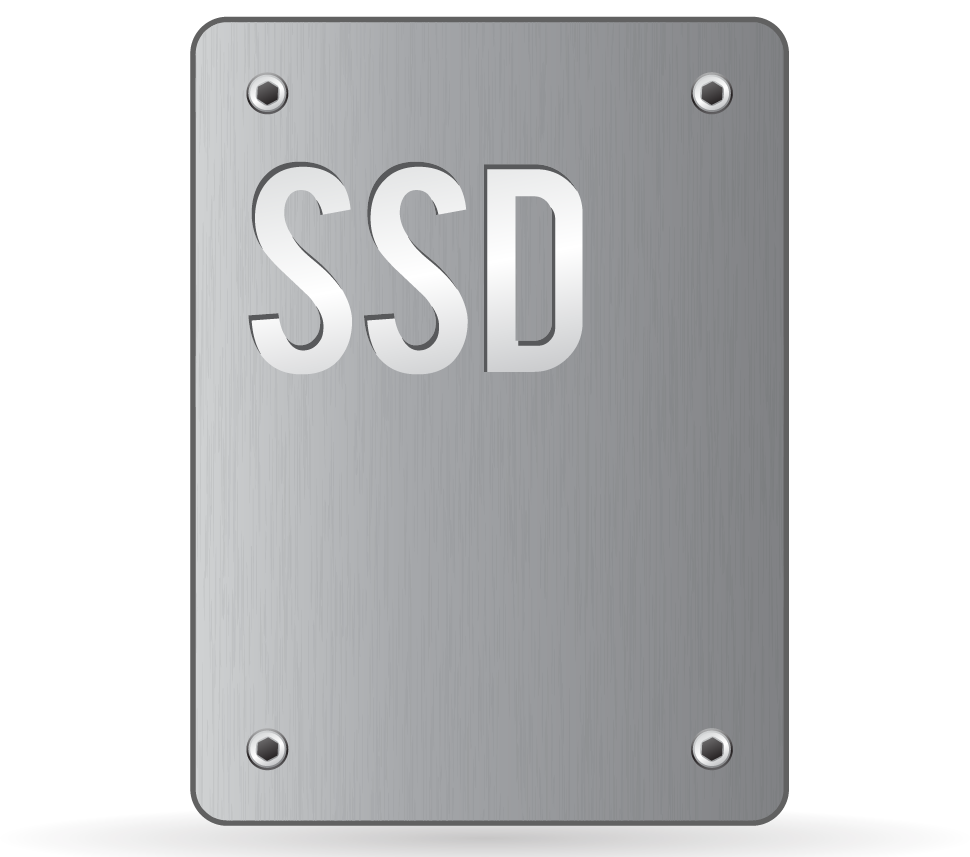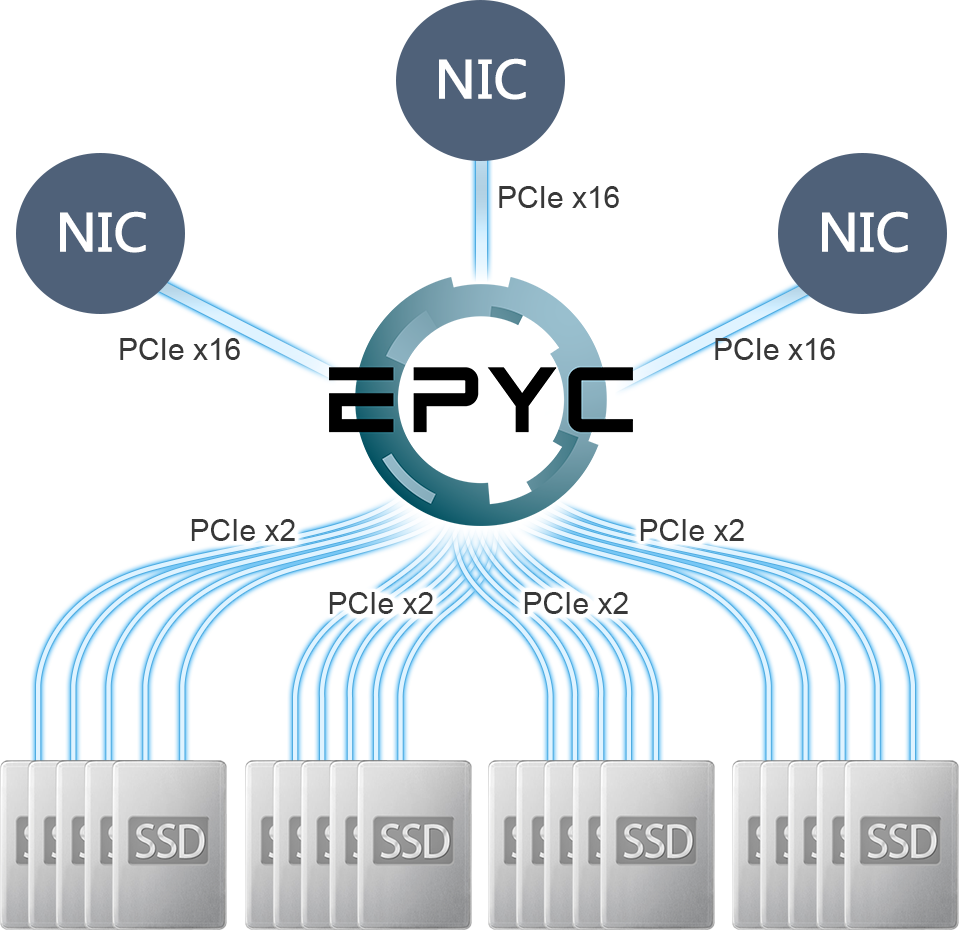FlacheStreams Products: AMD EPYC Processor
FlacheStreams With AMD EPYC Processor
Featuring the market’s fastest and highest density rackmount server available, FlacheStreams are designed to provide uncompromised performance and reliability for demanding enterprise workloads such as Content Delivery Networks (CDN), Software-Defined Storage (SDS), Cloud, and any other application requiring absolute speed with minimal latency.
- Experience exceptional performance with the latest solid-state technology to scale and accelerate up to 15 million IOPS.
- Do more with less space, FlacheStreams with its patented design holds the greatest storage capacity compared to competing high-density servers.
- Achieve balance and simplicity with any platform protocol to ensure that all SSD/NVMe performance boosts are equally distributed with Infiniband, Omnipath, 100G NIC, and Fibre Channels.
- FlacheStreams are future-ready with the newest implementations of flash storage technology in NVMe and Storage Class Memory (SCM) offering greater longevity.

AMD EPYC Empowers Single Socket Servers
- Up to 32 high-performance "Zen" cores
- Eight DDR4 channels per CPU
- Up to 2TB RAM per CPU
- 128 PCIe lanes
- Dedicated security subsystem
- Integrated chipset
- Socket-compatible with next-gen EPYC processors

Patented High Performance And Density Design
When it comes to speed for server, flash storage technology will be the first one to come in mind. Flash storage allowed data information to be stored and retained onto the flash silicon chips even when the power is off. Often misidentified as being identical to Solid State Drives (SSD), flash technology is a storage medium while SSD is a storage device. Currently, nearly all SSDs utilize NAND flash technology as their medium but this wasn’t always the case and may not be in the following future. However, as it stands, flash based SSDs have brought a transformational shift in data storage and how data centers operate with significantly accelerated performance, higher density capacity, and increasing cost efficiencies.
Utilizing the performance increase of flash storage technology, balanced architecture and a patented design, FlashStreams achieves above industry standards with benchmark performance up to an impressive 60GBs (40Gbps) of sustained read throughput and up to 15 million IOPS.
FlashStreams has a unique, patented design that features high density option. With a single press, users can easily remove the bay for installation. Ranging from 20 bays to 52 bays to scale with the SSD storage, these bays are hot swappable 2.5” – 7mm SATA SSD or HDD bays. The system is also designed for low acoustic noise and induced vibrations for greater reliability.

SATA, SAS3, NVME Technology
FlashStreams is compatible with SATA, 12G SAS, and even high performance NVMe protocol. SATA III has a native transfer rate up to 6 Gbit/s, compatible with SAS 6 Gbit/s. 12Gbit/s SAS, essentially doubles the performance of existing SATA III solution. NVMe, using the PCIe to replace the serial bus. Each lane of PCIe can handle nearly 1Gb/s, with 16 Gb/s in a in a 16 lanes configuration. This can scale indefinitely based on the PCIe lanes support by the processor. Not only NVMes is much faster, NVMe also supports more commands to efficiently parse and manipulate data.



Balanced Architecture
All the speed number looks impressive on NVMe. However, without a balanced architecture, the speed will be traumatically reduced. Data in storage communicates between network protocols to CPU, GPU, Encryption Cards, FPGA. To maximize performance, all FlashStreams and EchoStreams products are designed with symmetry in mind. . For example, out of 48 PCIe lanes available in the processor chip, not all lanes would be used to connect to the NVMe SSD. 48 GBits/ is not feasible with a 12Gb/s host bus adapter. With dual processors, 32 lanes will be used. When data from multiple SSD are sent simultaneously to the CPU, the traffic may get jammed. I.E., a typical speed of NVMe SSD is 1000mb/s. With 12 drives running, creating many I/O requests at the same times, the traffic speed is almost equal to the 12 Gb/s adapter. This will create data jam and waste of resource. Out of 48 lanes, 4 PCIe lanes are reserved in the host to relieve the traffic.












